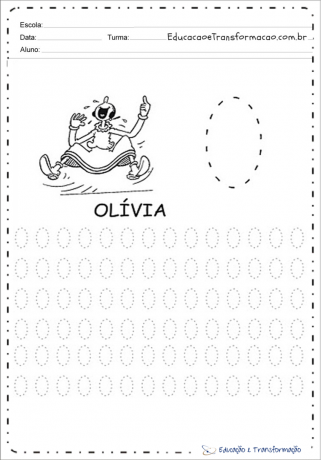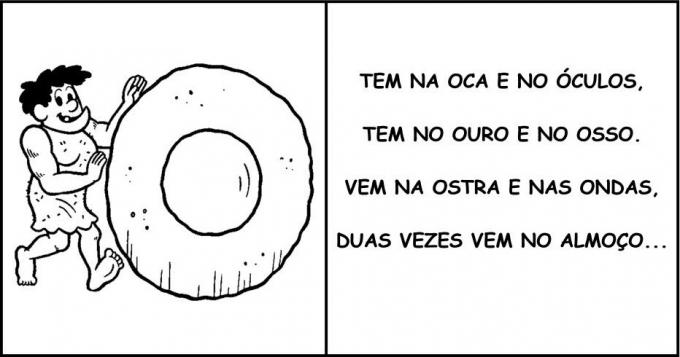Vowels or Vowel is any phoneme in whose emission the air passes freely through the mouth (or also through the nose), without obstruction. This is also how the letters that represent the vowel sounds are called.
In the Portuguese language, there are five letters used to represent the vowels:
Index
Check out some sheets to print below.


See also: Illustrated sheets to print
In Portuguese, phonetically, it is possible to identify fourteen vowels, which are distinguished according to their point of articulation. (establishing distinctions through the movements of the tongue and lips, as well as the passage or not of air through the cavity nasal).
The vowels for “pó”, “dor” and “no” are rounded (projection from the lips). The vowels of “pa”, “da” and “de” are indented (indentation of the tongue). The vowels of “li”, “do” and “de” are high (elevation of the tongue).
When vowels are represented as in the preceding period, they are called oral, or pure, vowels and are only pronounced through the mouth.
When the vowels a and o are superimposed by ~ (tilde) or when these two vowels, or the rest, are followed by m or n, they are called vowels nasal passages, because, when they are pronounced, a part of the air current goes to the nasal passages, where there is a resonance that modifies the pronunciation.
If a vowel represents phonemes that are produced by the vibration of the lower vocal cords or lower lips, the consonants also represent phonemes that are produced by modifying the air output by squeezing some of the points in the channel. oral.
When the tongue gradually rises forward.
(/ É / – / Ê / – / I /)
When the vowel phoneme is emitted with the lowered tongue, almost at rest.
(/ THE /)
When the tongue lifts back.
(/ Õ / – / Ô / – / U /)
They are those that speak with less intensity (House, rose, Pele).
They are the ones that are pronounced with greater intensity, that is, where the tonic accent falls (house, rose, Pelé).
Greater opening of the vocal tube. (shovel, foot, powder) .
Smaller opening of the vocal tube. (See, coming, grandfather, world)
They can be ORAL or NASAL:
They are those whose resonance occurs in the mouth: ( couple, faith, black, life, vote, people, everything);
They are those whose resonance occurs in the nose (wool, comb – five – short story – world).





Excellent educational activities for reading, with beautiful illustrative drawings to color:
She's on the astronaut and on the plane's wings.
In the swallow and the little angel.
In the macaw and the blue one.

She is in the star in the sky:
And in the star that is from the sea.
At school and in the mirror. For mermaid to comb her hair.

It appears twice among the family letters. It comes in brother and sister, in church and on the island.

It has the hollow and the glasses, it has the gold and the bone. Comes in the oyster and waves, twice it comes at lunch

She is in the grape, the uvaia, the nettle and the umbu. It is in the teddy's nail and also in the urutu.

What did you think of the post? If you liked it, don't leave it and share it with your friends on social networks. Also check out other suggestions:
Subscribe to our email list and receive interesting information and updates in your email inbox
Thanks for signing up.